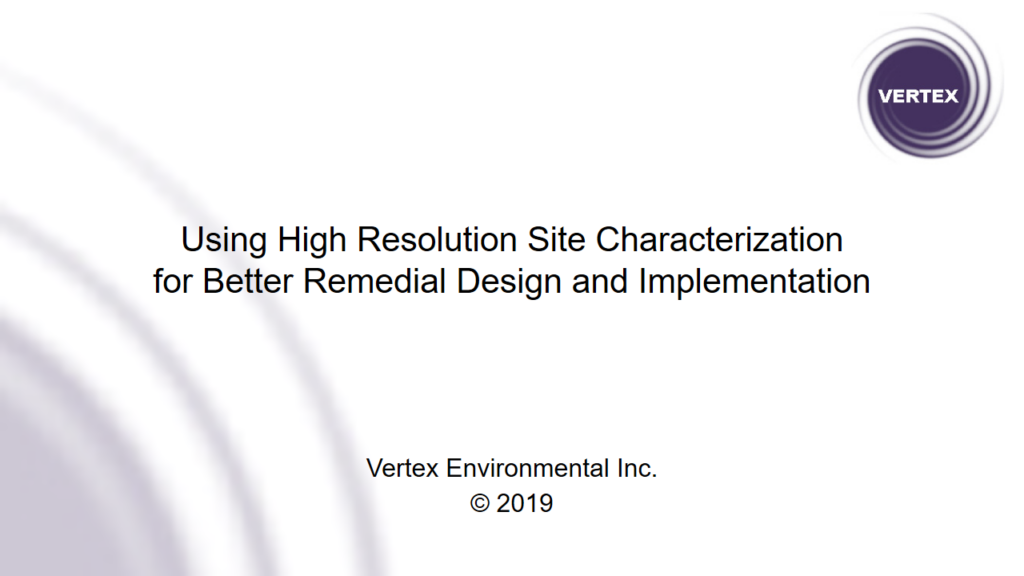Using High Resolution Site Characterization for Better Remedial Design and Implementation
Conference(s): SustainTech
Date(s): 2019
Overview
It is much easier to make good decisions if you have good data. Remediation programs can fail from the lack of a thorough understanding of subsurface conditions. Contaminant distribution can be complex and traditional sampling techniques can result in high variability and large data gaps. In-situ high resolution site characterization (HRSC) has become a key component of site assessment and decision making in support of remediation. HRSC, as part of a Phase II Environmental Site Assessment (ESA), can greatly enhance the understanding of the presence, concentration and distribution of contaminants in the subsurface.
HRSC technologies commonly used to enhance understanding include the Membrane Interface Probe (MIP) for dissolved-phase contamination, the Laser-Induced Fluorescence (LIF) probe for LNAPL contamination, and the Hydraulic Profiling Tool (HPT) for subsurface permeability and estimating hydraulic conductivity. All three probes are advanced using direct push methods and provide real-time data. These technologies allow the gathering thousands of data points on a centimeter scale in a day and can rapidly delineate impacts horizontally and vertically. The data can be rendered into 3D visualizations to supplement CSMs and optimize remedial designs.
This presentation showcases the various HRSC tools and how they facilitated successful remediation programs. The LIF was used to better understand residual LNAPL on an active remediation site utilizing MPE and ISCO technologies. The MIP was used to delineate a large and complex dissolved-phase plume and optimize an ISCO program. The HPT was used to estimate hydraulic conductivity for a funnel and gate PRB design and installation.
Download PDF


